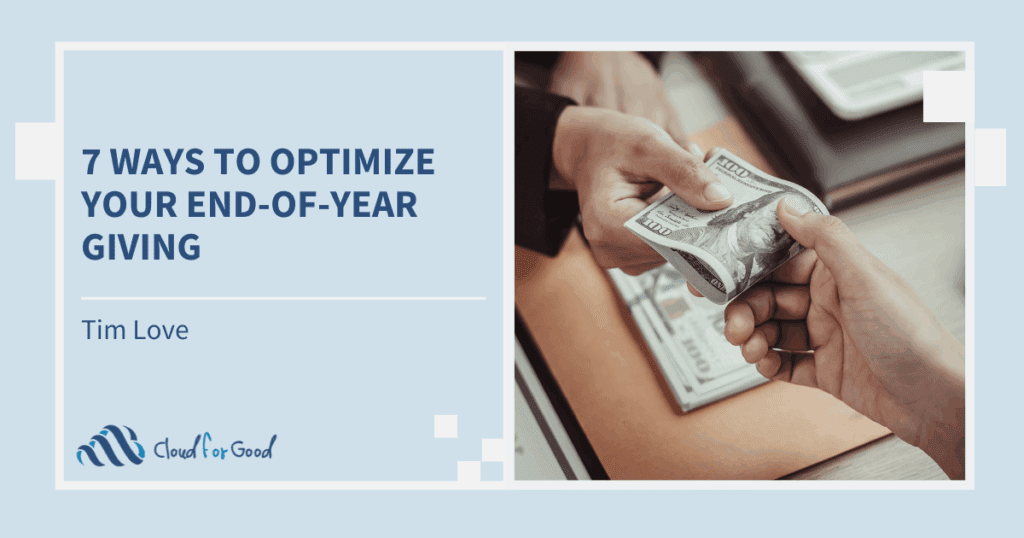The social Web is changing the way we live and work. Social networks are making dramatic changes to not only how people communicate and engage with each other, but also with companies, foundations, and other organizations. Facebook and Google+ are slowly replacing the corporate website. Twitter, SMS, and blogs are supplanting email as the go-to marketing channels.
Internally, people work more productively when they can easily collaborate with colleagues. Internal social networks are replacing intranet solutions allowing employees to find information when and where they need it.
The Social Enterprise is a new way to elevate communication both with your constituents (donors, volunteers, students, clients and partners) and within your organization.
How can your nonprofit tap into the social revolution?
Step 1: Create a Constituent Profile
Your constituent profile should include basic contact information, his/her last courses, or last donations. In addition, the social profile should also include a complete picture of your constituents including information about their likes and dislikes, interests, hobbies, and connections.
Step 2: Develop an Employee Social Network
Organizations, specifically nonprofits, should make it easy for their employees to stay on top of what’s important, collaborate, and share information. One of your mentors might be your next major donor so you need to make sure that information can easily flow across departments.
Chatter is a great way to collaborate internally. You can use it to connect with internal experts, share large files and presentations, receive updates about donations, manage team projects, and more!
Step 3: Build a Constituent Social Network
Connecting your organization with the broader social Web is critical for your mission. Salesforce offers integrations to help you understand what people are saying on social platforms (I.e. Facebook or Twitter) about your services, mission, or competitors. You can easily filter what’s important and engage when appropriate and even instantly.
Additionally, you can invite your constituents to your internal network (I previously wrote about Chatter as a game changer for higher education here). Chatter Customer Groups allow organizations using Chatter to collaborate with people outside their organization in a private and secure way. You can invite students to share information about the class, clients can share best practices, and board members can discuss the agenda for the next board meeting.
Building your Social Enterprise
Cloud for Good continues to help organizations build Social Enterprises to meet today’s social revolution on the Salesforce.com’s trusted, fast, and open cloud platform. Contact us today for more information.





